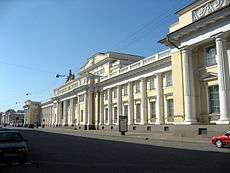Russian Museum
The State Russian Museum (Russian: Государственный Русский музей), formerly the Russian Museum of His Imperial Majesty Alexander III (Russian: Русский Музей Императора Александра III), on Arts Square in Saint Petersburg, is the world's largest depository of Russian fine art. It is also one of the largest art museums in the world with total area over 30 hectares.[1]
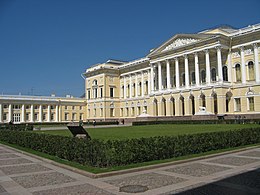
Creation
The museum was established on April 13, 1895, upon enthronement of the emperor Nicholas II to commemorate his father, Alexander III. Its original collection was composed of artworks taken from the Hermitage Museum, Alexander Palace, and the Imperial Academy of Arts. The task to restructure the interiors according to the need of future exposition was imposed on Vasily Svinyin. The grand opening took place on the 17 of March, 1898.[1]
After the Russian Revolution of 1917, many private collections were nationalized and relocated to the Russian Museum. These included Kazimir Malevich's Black Square.
Architecture
The main building of the museum is the Mikhailovsky Palace, the Neoclassical former residence of Grand Duke Michael Pavlovich, erected in 1819–25 to a design by Carlo Rossi on Square of Arts in St Petersburg. Upon the death of the Grand Duke the residence was named after his wife as the Palace of the Grand Duchess Elena Pavlovna, and became famous for its many theatrical presentations and balls.
Some of the halls of the palace retain the Italianate opulent interiors of the former imperial residence.[2] Other buildings and locations, assigned to the Russian museum, include the Summer Palace of Peter I (1710–14) with the Summer Garden, the Marble Palace of Count Orlov (1768–85), St Michael's Castle of Emperor Paul (1797–1801), the cabin of Peter the Great, and the Rastrelliesque Stroganov Palace on the Nevsky Prospekt (1752–54).[1]
The project of Benois Building (or 'Corpus Benua') was developed in 1910-1912 by the famous Russian architect Leon Benois. The construction started in 1914, but was interrupted by the First World War. After Russian revolution, in 1919 the Benois Building was completed. In 1930s it was assigned to the Russian museum.[3]
Collection
Today the collection shows Russian art from the 10th century up to the 21st century, covering all genres from the old Russian icon painting to contemporary art.[4]
Exhibits
The Ethnographic Department was originally set up in a building specially designed by Vladimir Svinyin in 1902.[5] The museum soon housed gifts received by Emperor's family from representatives of peoples inhabiting various regions of the Russian Empire. Further exhibits were purchased by Nicholas II and other members of his family as State financing was not enough to purchase new exhibits. In 1934, the Ethnographic Department was given the status of an independent museum: the Russian Museum of Ethnography.
Málaga branch
The city of Málaga, home to thousands of Russian expats, has signed an agreement to host the first overseas branch of the State Russian Museum. Works displayed in Malaga will range from Byzantine-inspired icons to social realism of the Soviet era. They will be on display in 2,300 square metres (25,000 square feet)yards) of exhibition space in La Tabacalera, a 1920s tobacco factory. The new museum is scheduled to open in early 2015. [6][7]
Gallery
2.jpg) Angel with Golden Hair (12th century)
Angel with Golden Hair (12th century)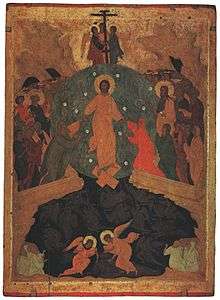 Dionisius, Harrowing of Hell (1495–1504)
Dionisius, Harrowing of Hell (1495–1504)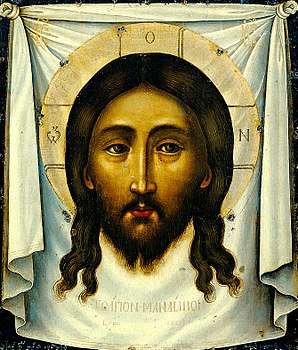 Simon Ushakov, The Mandylion (1658)
Simon Ushakov, The Mandylion (1658)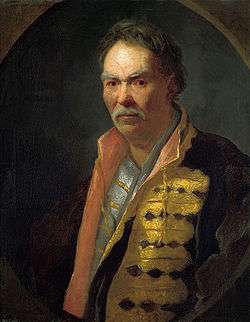 Ivan Nikitin, A Malorossian Hetman (c. 1720s)
Ivan Nikitin, A Malorossian Hetman (c. 1720s) Dmitry Levitzky, Portrait of Glafira Alymova (1776)
Dmitry Levitzky, Portrait of Glafira Alymova (1776)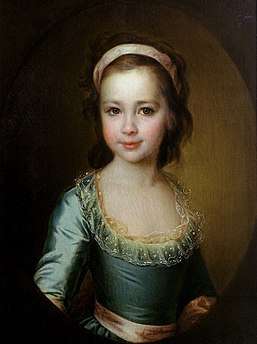 Dmitry Levitzky, Portrait of Countess Anna Vorontsova (c.1790)
Dmitry Levitzky, Portrait of Countess Anna Vorontsova (c.1790) Karl Brullov, The Last Day of Pompeii (1830–33)
Karl Brullov, The Last Day of Pompeii (1830–33)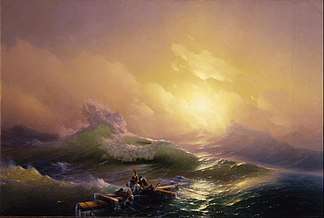 Ivan Aivazovsky, The Ninth Wave (1850)
Ivan Aivazovsky, The Ninth Wave (1850)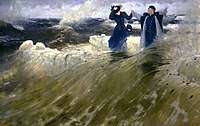 Ilya Repin, What freedom! (1903).
Ilya Repin, What freedom! (1903).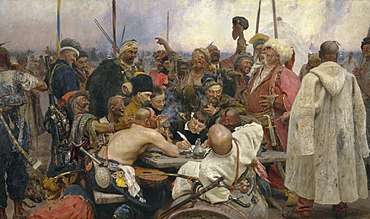 Ilya Repin, Reply of the Zaporozhian Cossacks (1880–91)
Ilya Repin, Reply of the Zaporozhian Cossacks (1880–91)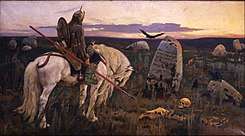 Victor Vasnetsov, Knight at the Crossroads (1882)
Victor Vasnetsov, Knight at the Crossroads (1882)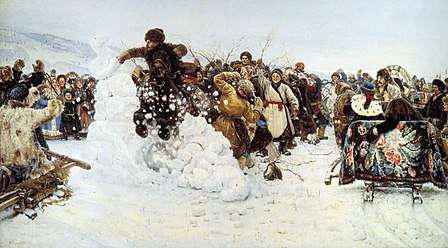 Vasily Surikov, Taking a Snow Town (1891)
Vasily Surikov, Taking a Snow Town (1891)- Isaak Levitan, The Lake (1900)
.jpg) Léon Bakst, Ancient Horror (1908)
Léon Bakst, Ancient Horror (1908)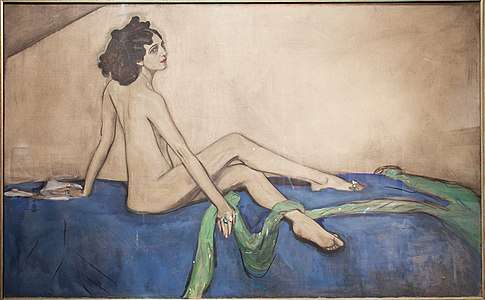 Valentin Serov, Portrait of Ida Rubenstein (1910)
Valentin Serov, Portrait of Ida Rubenstein (1910)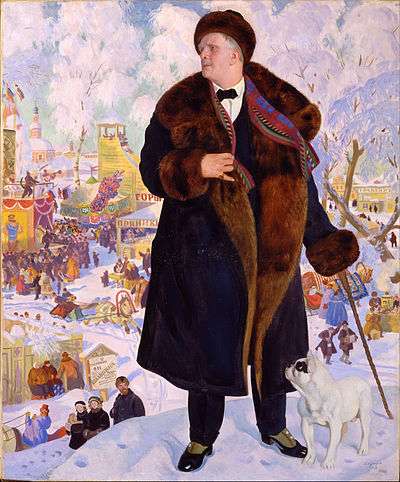 Boris Kustodiev, Portrait of Chaliapin (1921)
Boris Kustodiev, Portrait of Chaliapin (1921) Kasimir Malevich, Black Square (1923)
Kasimir Malevich, Black Square (1923)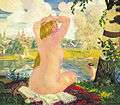 Boris Kustodiev, Bathing (1921)
Boris Kustodiev, Bathing (1921)
See also
References
- "Государственный Русский музей" [Russian Museum] (in Russian). Culture.ru. Retrieved 2020-01-29.
- Italianate opulent interiors Archived 2005-02-20 at the Wayback Machine, Russian Museum, Russia.
- "Корпус Бенуа" [Corpus Benua] (in Russian). Culture.ru. Retrieved 2020-01-29.
- "10 фактов о Русском музее" [10 Facts about the Russian Museum] (in Russian). Culture.ru. Archived from the original on 2020-02-08. Retrieved 2020-01-29.
- Russian Museum. Accessed 8 July 2008.
- Pes, Javier; Rojas, Laurie (27 May 2014). "Russian art museum to open Spanish satellite". The Art Newspaper.
- "Russian museum to open €5m branch in Spain". Cite journal requires
|journal=(help)
External links
| Wikimedia Commons has media related to Russian Museum. |
- Russian Museum website (in English)
- Russian State Museum at the Encyclopædia Britannica
- Interiors of the Michael Palace I (in Russian)
- Interiors of the Michael Palace II (in Russian)
- Interiors of the Michael Palace III (in Russian)
